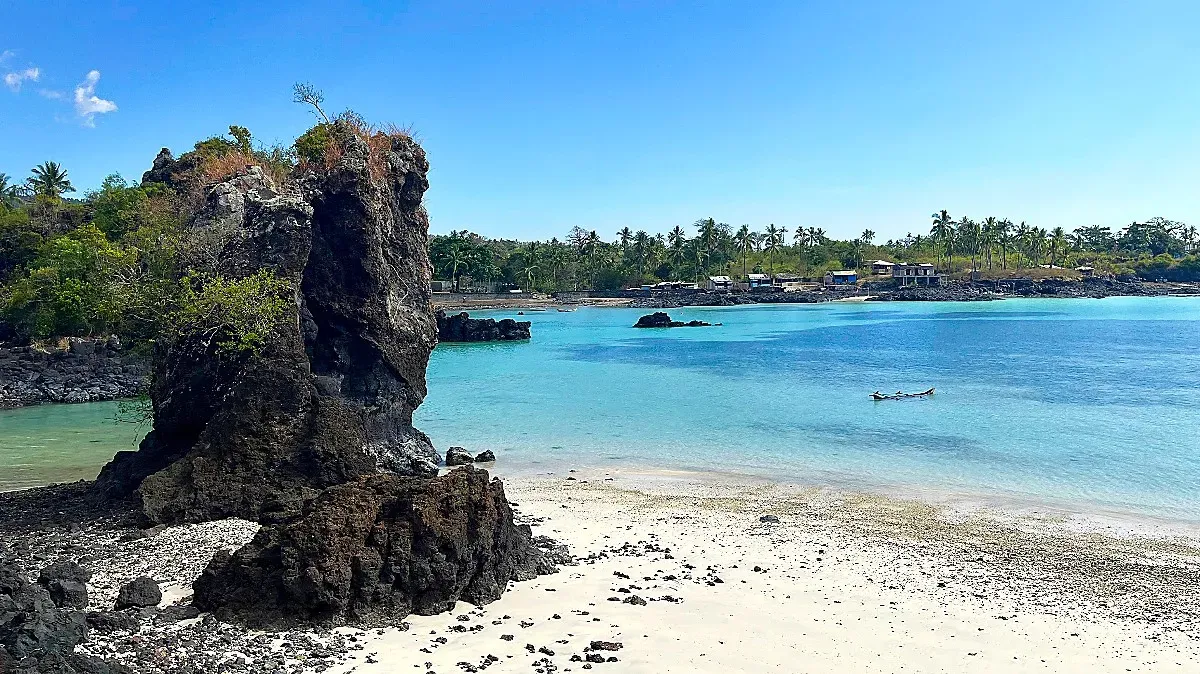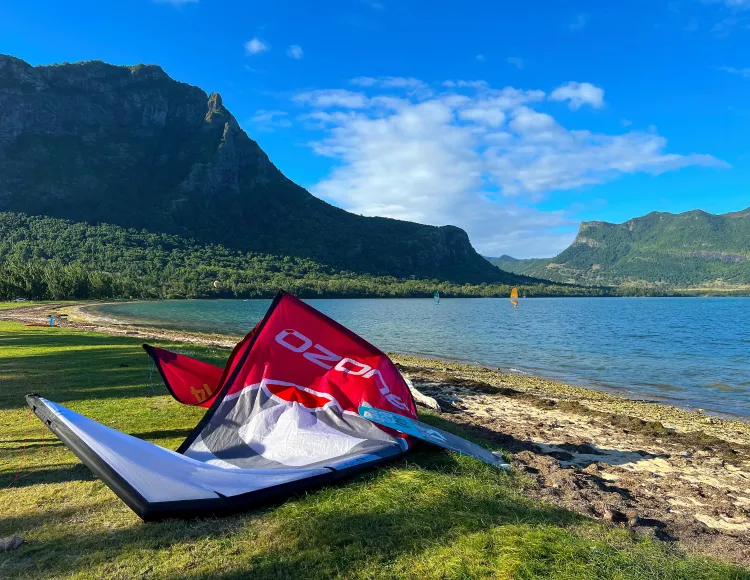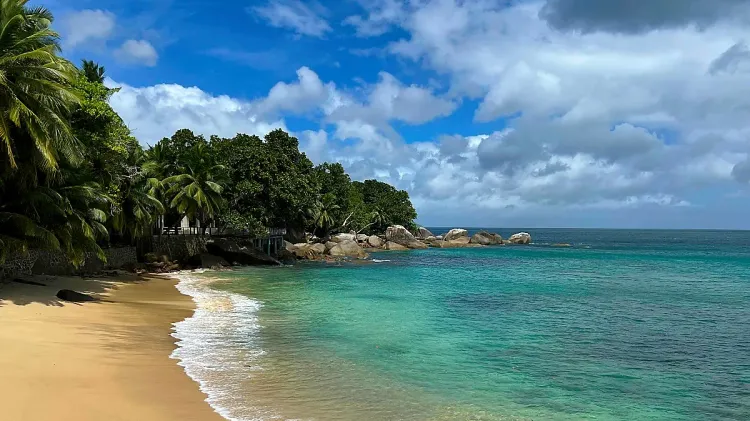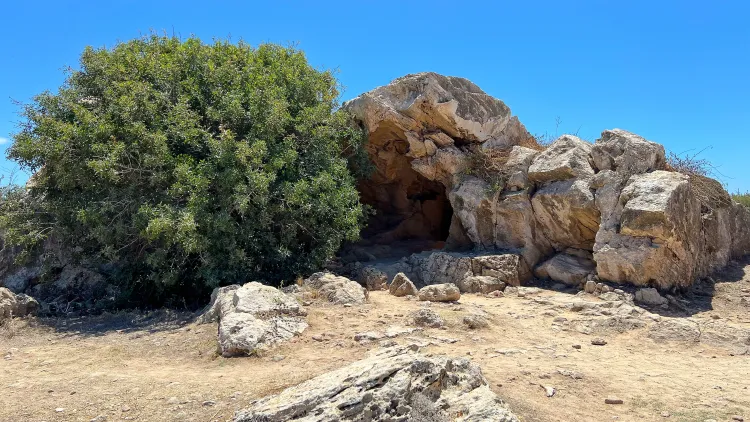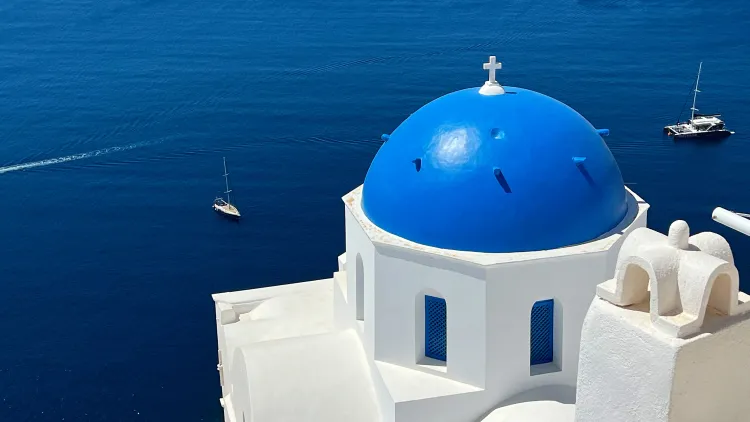Journal #72 - Comoros
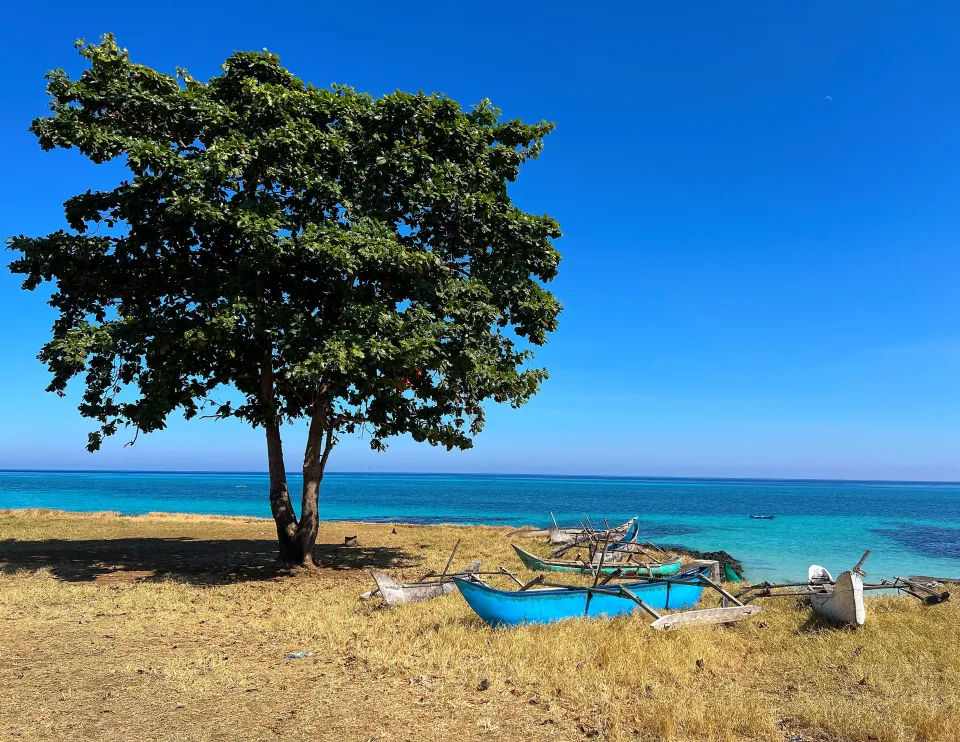
Jeje from Comoros!
Three main islands make up the Comoros. We had the privilege of visiting Grand Comore. This small island was quiet and did not house many tourists. I think our presence was rare where we stayed. I say this because one morning, while we were leaving breakfast, a man called out to us from the hotel lobby. You see, he was a tour guide and had heard through the grapevine that we (specifically) had checked in, so he came to offer his services to us personally. There were so few other tourists who looked and spoke like us, that this man was notified of our presence, and identified us on sight when he came to offer we take a tour with him. We agreed to let him show us around.

Most of the island's coastline is black, volcanic rock - a stark contrast against the light cyan water and yellow-green palm trees. Our guide showed us the two existing white-sand beaches in the north. The land is owned by Comoros residents. It has no developments on it, just the remnants of late-night campfires. Since no other foreigners were passing through that part of the country, we had the beach entirely to ourselves. We spent the hours sitting under coconut tree shade and dipping in and out of the water.
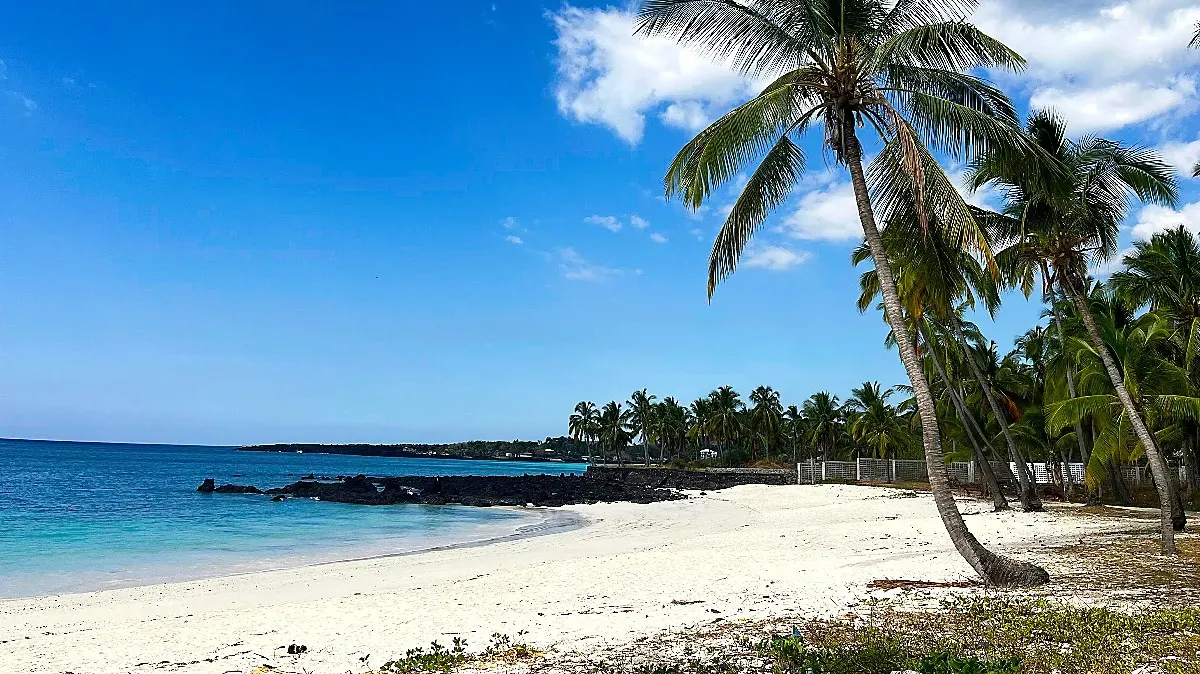
Our guide also tried to take us over to Lake Niamawi in the afternoon. Unfortunately, the dirt and stone path did not agree with his tires, and we wound up pulled over on the side of the road with a flat and no equipment with which to change it. Lucky for us, someone on the side of the road had a screwdriver, a flip-flop, and sheer force of will. I am not sure exactly how the job got done, but after forty-five minutes in the dust, our car was back in action.
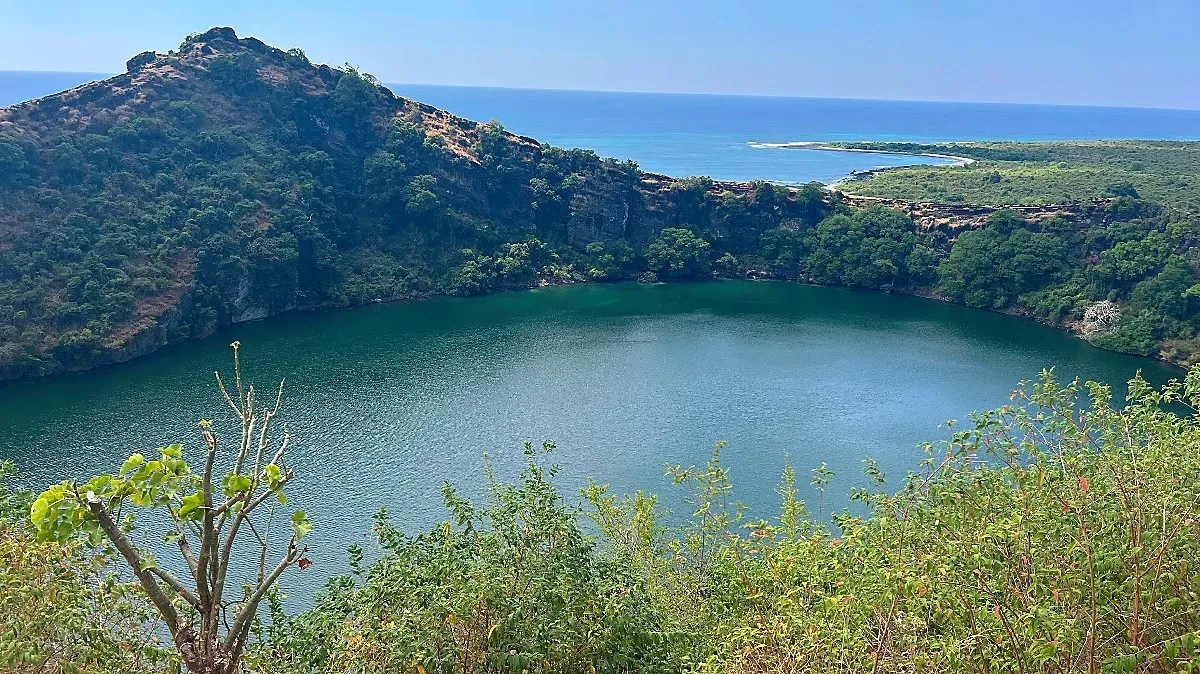
The lake was beautiful. We visited it from above and looked down at it. The whole thing appeared like a sandcastle and moat built just shy of the wave line - still standing, but full of water. After seeing everything there, our guide showed us some waterfalls and sights across the island on our way back south.
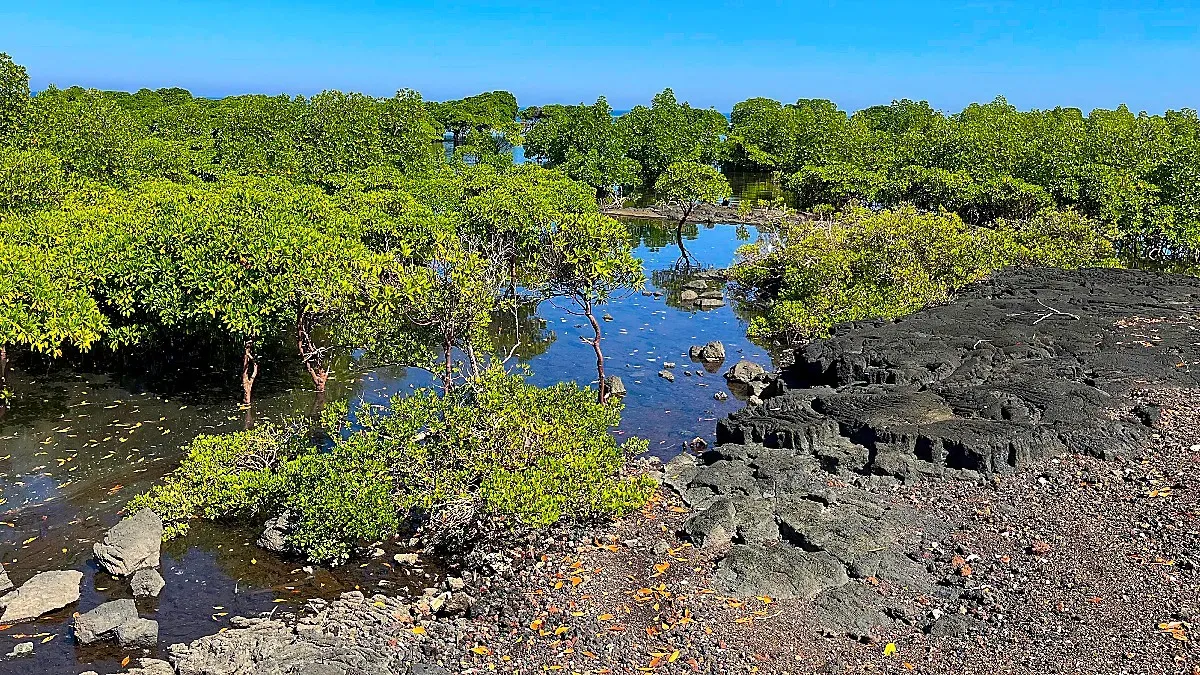
Our guide did more than just tour people around - he also managed a perfumery. Comoros is known as the "Perfume Isles," and he is a part of that industry. His family sells oils from several of the native plants, including jasmine, vanilla, and ylang-ylang. The latter is most famous for its use in Chanel No. 5 perfume and is a major export here. He made sure to have us sample his wares, and when he failed to procure food during our 8-hour day with him, he gave us perfume instead.
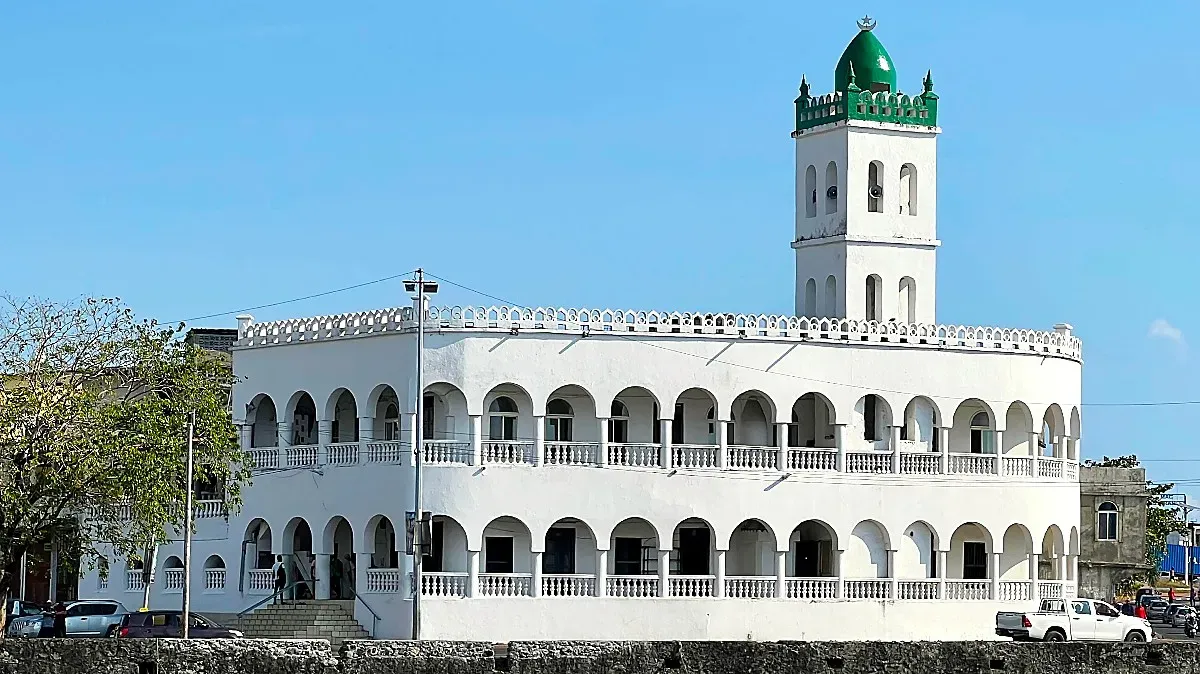
Our time here has been brief and not exactly a smooth catered experience. The hotel pool turned green, there was no internet, and the restaurant bait-and-switched our dinner order several nights in a row; but, what we saw driving around the island was beautiful. The few other tourists we interacted with were French and came from Mayotte, so now we have another place to visit on our bucket list. For now, though, we are preparing to move on. Our bags are packed, and our next stop is home to the world's largest desert lake. Any guesses where we are off to next?
